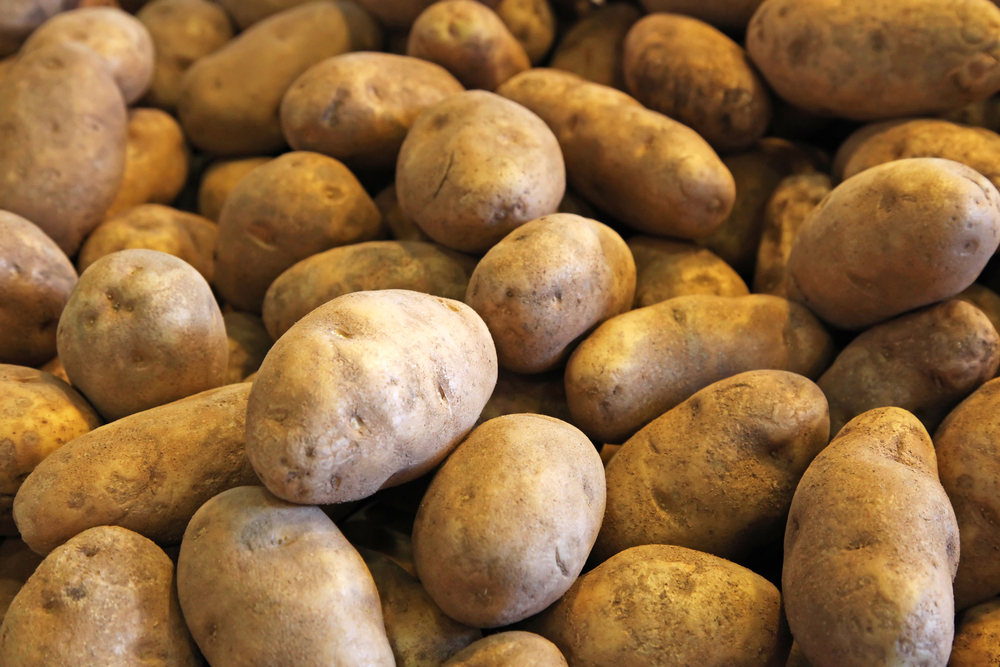
By Clint Thompson
Florida potato farmers are one commodity group that benefited from last week’s USDA’s revision to the Coronavirus Food Assistance Program (CFAP).
Potatoes were one of seven eligible commodities added to Category 1. The USDA found these commodities had a 5% or greater price decline between mid-January and mid-April because of the coronavirus pandemic. Originally, these commodities were only eligible for marketing adjustments.
“We were cautiously optimistic that they were going to get to this point. Clearly (last week’s) announcement, they’re moving in the right direction. They made potatoes eligible for all of the categories under the relief program. Now, what we want to do is work with them to get the payment levels up across the board to a level that’s meaningful to any farmer who has suffered an injury due to the crisis,” said Kam Quarles, Chief Executive Officer of the National Potato Council. “Some of them are a little low. Others are where they need to be. We want to work with them going forward to see if we can’t get them all up to the right spot.
“We basically canvased the whole industry and the conclusion that everyone came to was if a producer can get four cents a pound for whatever type of injury they suffered; the three categories spell out the types of injures; price loss, did you lose your customers after you shipped your product, did you lose your customers and your potatoes stayed on your farm; each one of those has a payment associated with it. If we can get each one of those to a minimum of four cents a pound, that will keep producers able to be solvent until next year. Hopefully, we’ll be out of this in another year from now.”
Quarles expressed concern that funding may not be available to cover the expenses that accompany the additional commodities. “The money that they have is going to run out for this current CFAP. Congress is going to have to get involved, at a minimum to provide them with more money and then also extend the timeframes out at least through the end of this year. When they do that, we want to talk, both with USDA and with Congress about getting those payment levels up where they need to be,” Quarles said.









